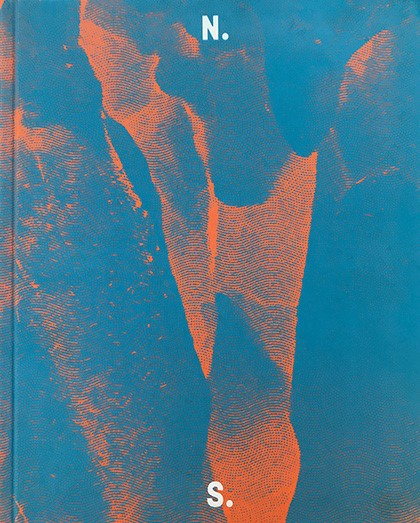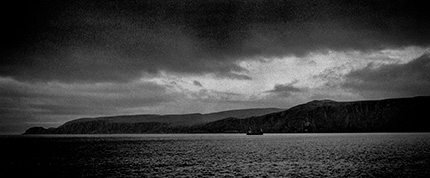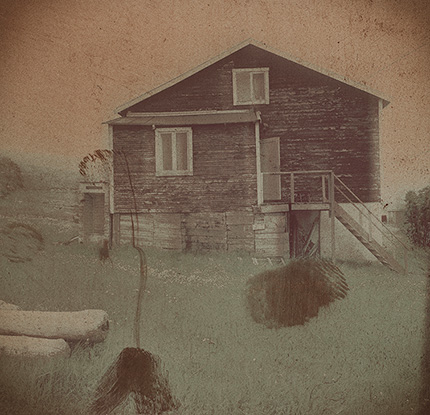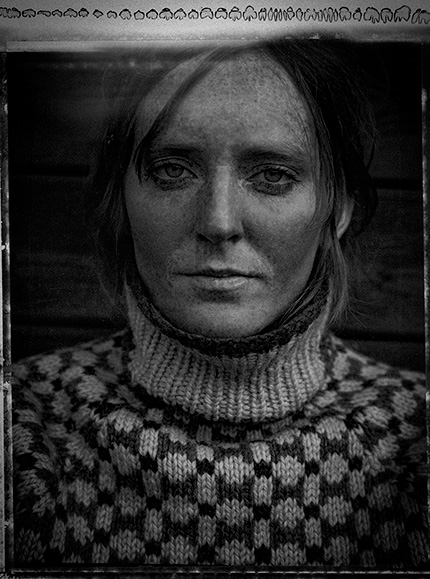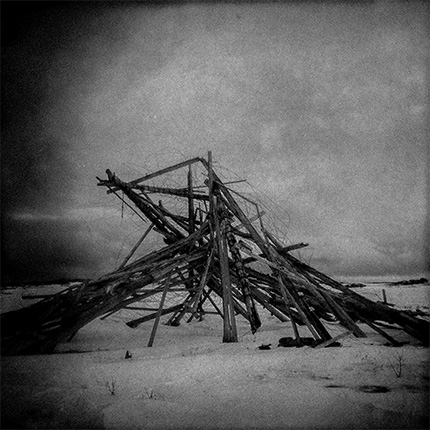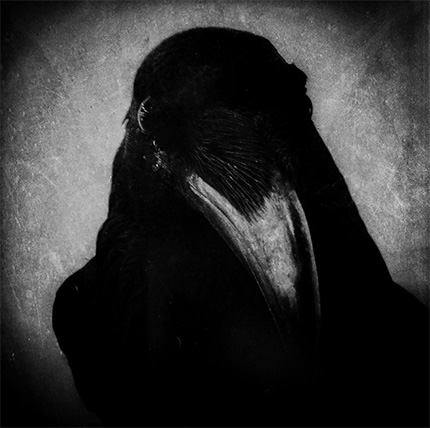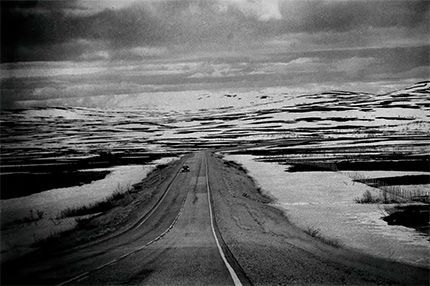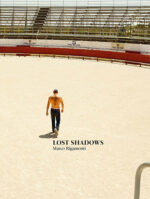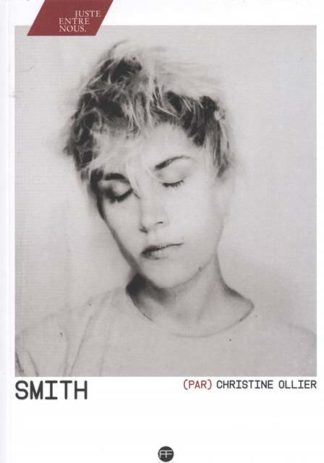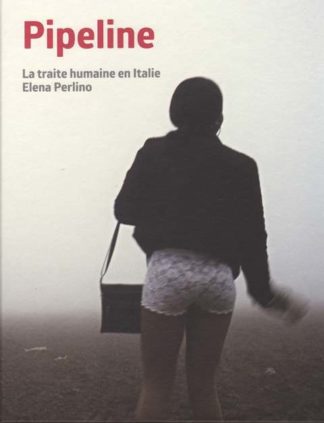À l’exception de la puissante photographie panoramique d’un bateau navigant sur le fjord qui mène à son village natal, la fougue du photographe est contenue. L’ambiance se fait terne, déployant une opacité qui rappelle plus les contrastes marqués de la photographie documentaire sociale que ceux des paysages classiques.
L’océan Arctique, illuminé par la pleine lune ou par des aurores boréales aux couleurs dansantes. Un aigle royal sur un rocher – ou la mer de Barents, comme une aigue-marine brillante posée sur une neige blanche et éblouissante. Il est difficile de ne pas s’abandonner au spectacle grandiose de cette nature, et le Finnmark, dans le nord de la Norvège, ne manque pas d’interprètes photographiques. Cato Lein, qui a grandi dans le minuscule village de pêcheurs de Båtsfjord, sur la péninsule de Varanger qui se trouve au bout de la toundra russe et du Gulf Stream, n’était d’abord que peu convaincu par sa contribution en tant que photographe. L’entassement des clichés de cartes postales a imposé une forme de silence en lui – une peur d’avoir perdu le contact avec l’esprit du lieu.
Ce n’est qu’après avoir travaillé comme photographe pendant plusieurs années à Stockholm qu’il s’est trouvé prêt à affronter à nouveau le paysage du Finnmark, cette fois avec son expression et son esthétique propre. Il a également décidé d’arpenter la région Sami du Finnmark intérieur, qui lui était totalement inconnue.
L’image des ronces des tourbières couvertes de fleurs blanches, avec sa lumière blessée, montre une délicatesse inattendue. Dans une autre image, alors que le papier était vraisemblablement resté collé dans l’émulsion, l’œuvre présente ses qualités graphiques.
Le paysage du Finnmark n’est plus le même que lorsque Cato Lein a grandi. Au cours des cinquante dernières années, il s’est réchauffé et la toundra est sur le point de disparaître. Sur les montagnes de granit dénudées du passé, la mousse pousse maintenant et les bouleaux arctiques ont été remplacés par des arbres élancés. Le livre capture ce paysage transformé, avec son imagerie saisissante et sombre qui se déploie au fil des doubles pages. -extrait du texte de Sophie Allgårdh (traduction par Clément Paradis)
With the exception of a powerful panoramic photograph of a single ship on the fjord that leads to his home village, the pretention is reduced. The mood is dull with a blackness that rather reminds one of the sharp contrasts belonging to social documentary photography than to classic landscape photography.
The Arctic Ocean is illuminated by a full moon or by the Northern Lights with its dancing colours. A golden eagle on a rock-ledge or Barents Sea as a brilliant aquamarine shining on the dazzling white snow. It is hard not to surrender to the overwhelming spectacle of nature and Finnmark in Northern Norway is hardly short of photographic interpreters. Cato Lein, who grew up in the tiny fishing village Båtsfjord on the Varanger Peninsula at the end of the Russian tundra and the Gulf stream, was not convinced about his own contribution as a photographer.The flood of postcard pictures invaded him with a sense of muteness – a fear of having lost touch with the spirit of the place.
It was not until he had been working as a photographer for several years in Stockholm that he was ready to face the landscape of Finnmark anew, this time with his own expression and aesthetics. Now, he would also enter the Sami area of Inner Finnmark, which for him was a completely unknown region.
The image of the cloudberry mire covered in white flowers with its tear and jagged light shows a delicacy that sparks my interest. In another image, when the paper was stuck in the emulsion, he presents the graphic qualities. The Finnmark landscape is not the same as when Cato Lein grew up. During the last fifty years, it has become warmer, and the tundra is on the verge of disappearing. On the bare granite mountains from the past, moss is now growing and the Arctic birches have been replaced by slender birch trees. In the book, he captures the transformed landscape in a dark, striking image that spans a two-page spread.

